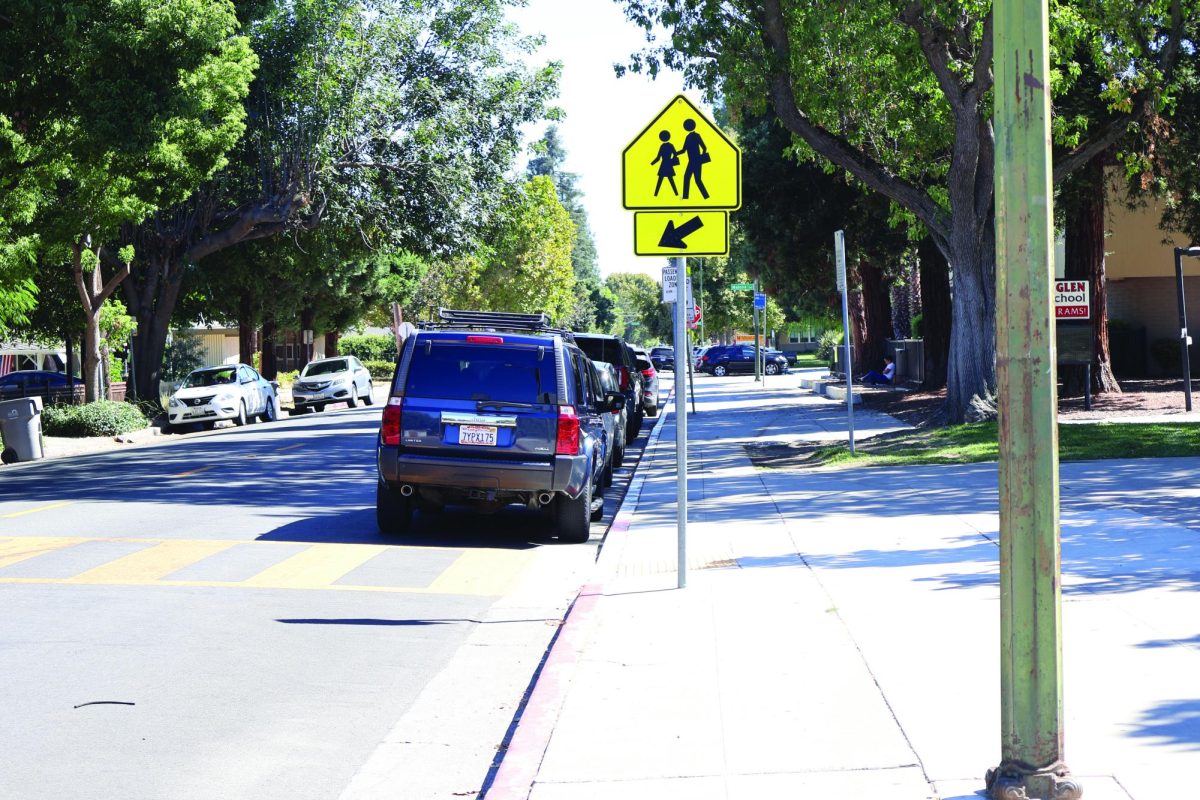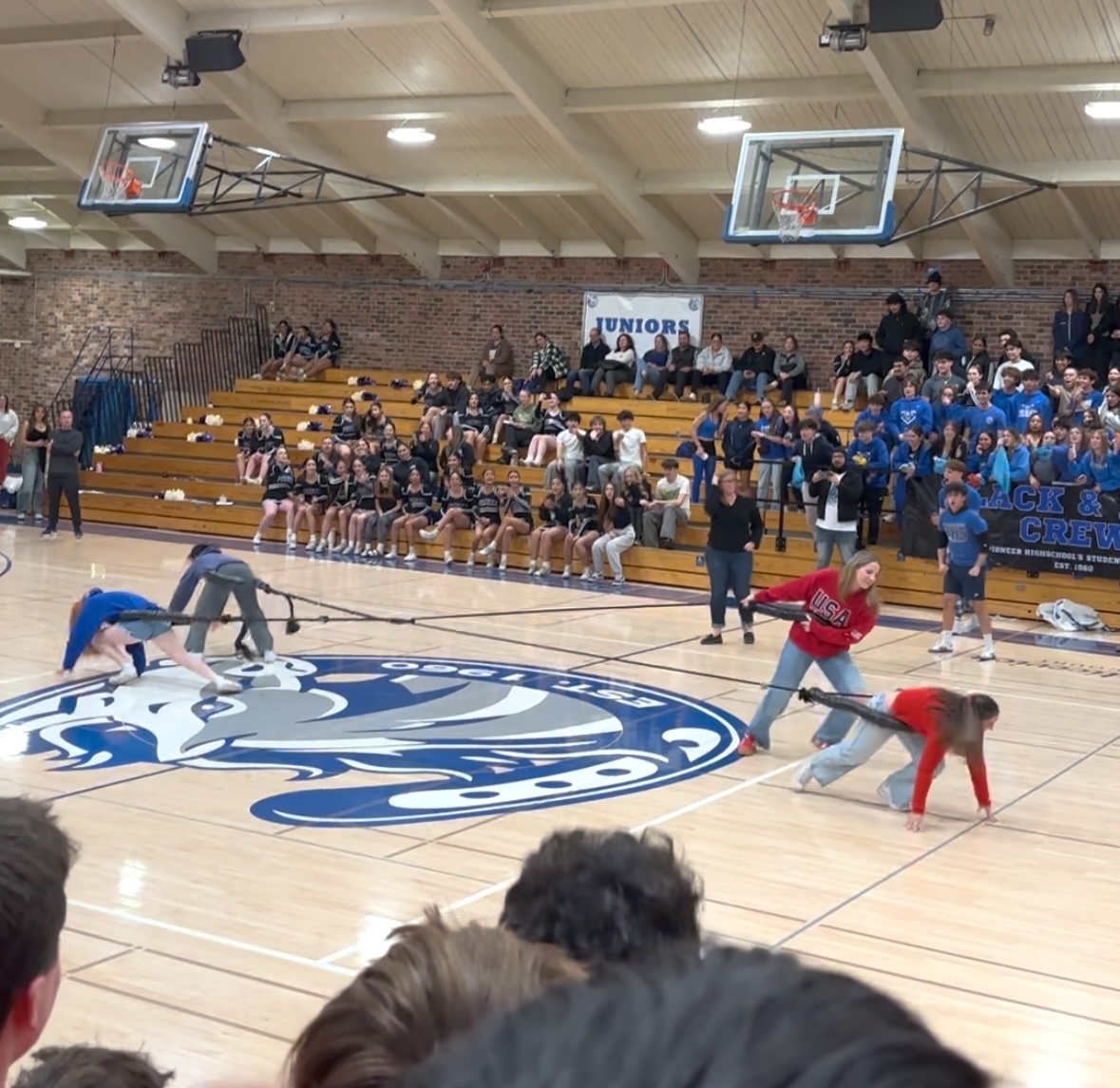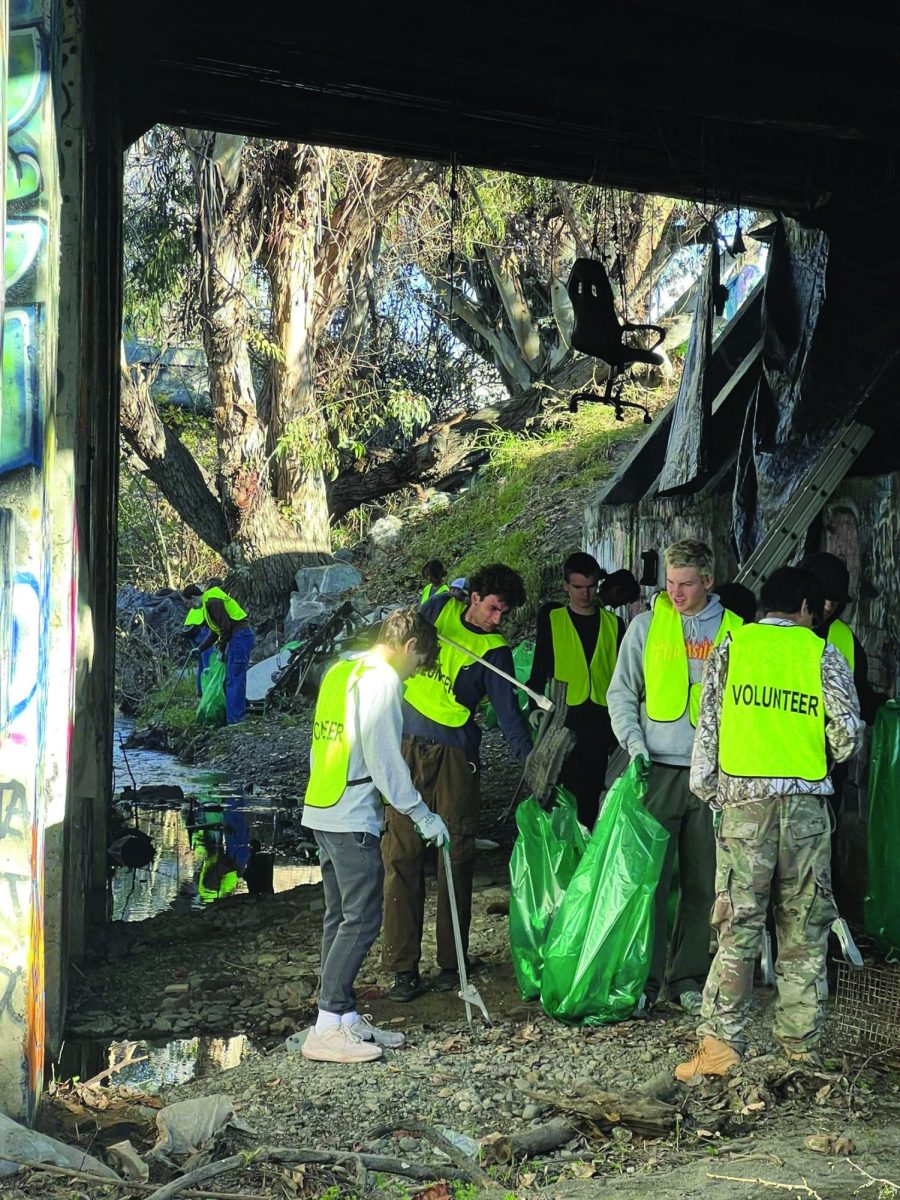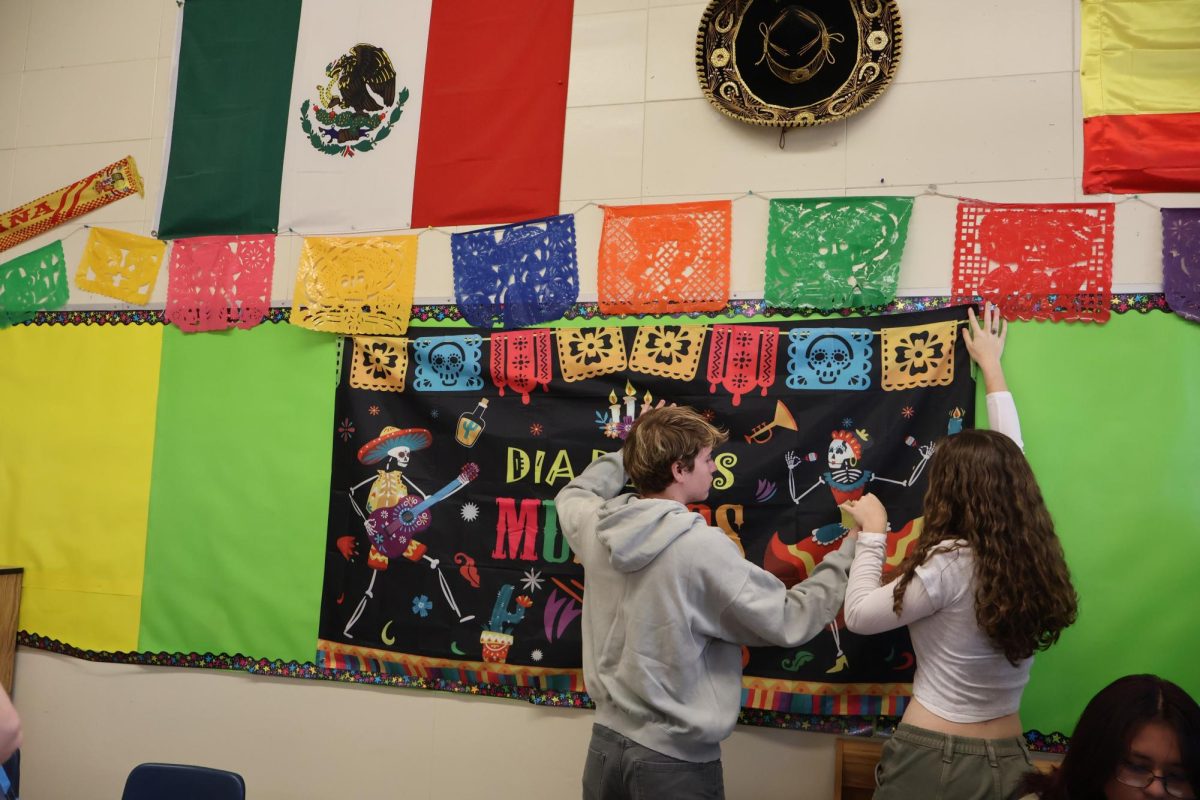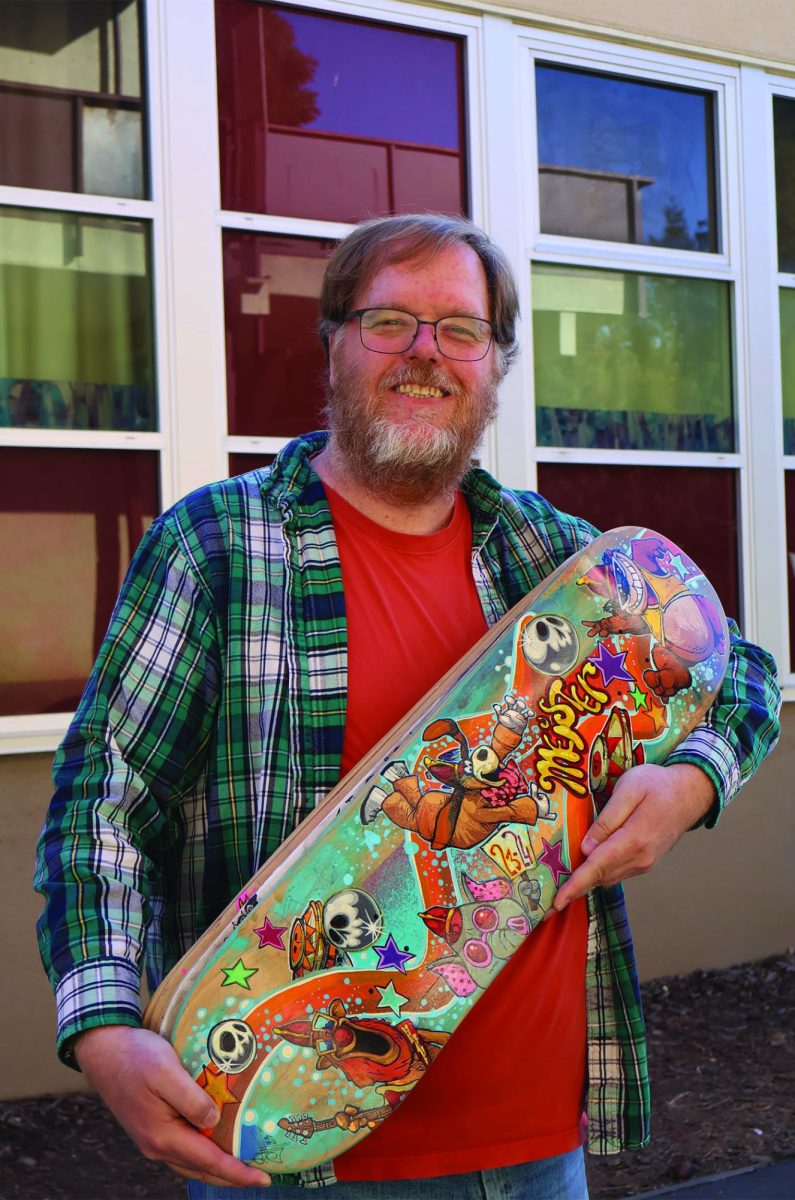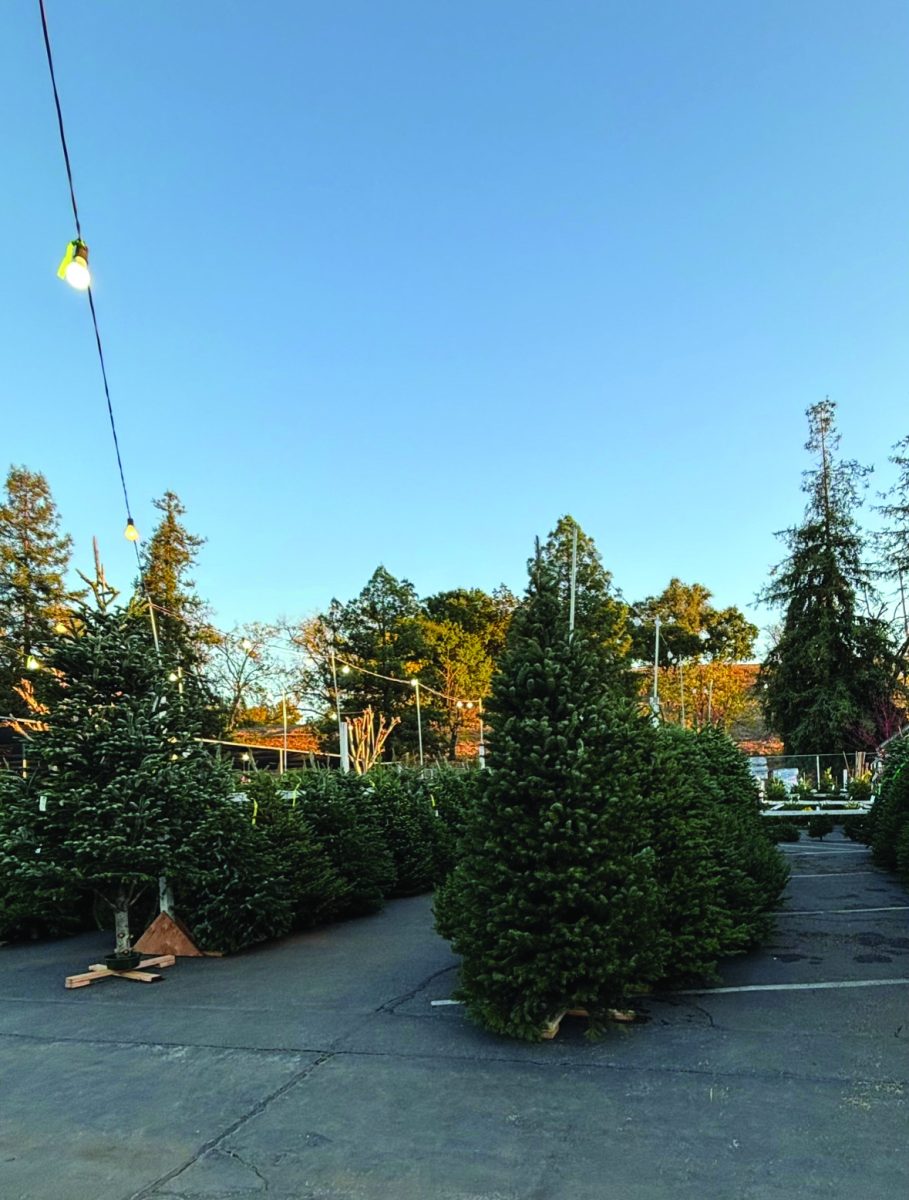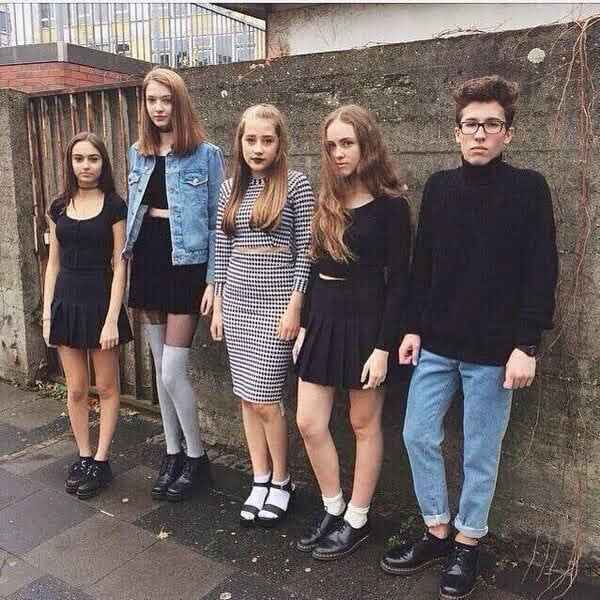Last week while listening to my Spotify daily mix, my interest was piqued by an electronic song that came on. I flipped my phone over, expecting to see that I had come across some Crystal Castles deep-cut. Instead, it was a song by a band called Snow Strippers. As an avid electroclash listener, I wanted to know more about them. What years were they active? What were their live shows like? A quick search on youtube would show me not what they “were” but what they are – this band’s most recent performance was just two weeks ago. Snow Strippers, a band like many others coming onto the scene in recent years, is newly established, yet carries the distinct charms of early 2010s music.
While the music scene is certainly reinventing familiar sounds of the early 2010s, it’s pertinent to define and discuss the “indie sleaze” fad in which this musical revival was birthed from. The term indie sleaze refers to a fusion of two cultural elements. Indie, in this context, refers to the rejection of polished sounds and a preference for artists who adopt a less formal, lo-fi sound in their music. Artists and bands like Vampire Weekend, Arctic Monkeys, and the aforementioned Crystal Castles were well-established and adored in this scene. “Sleaze” refers to the rebellious, independent nature that these artist’s fans adopted. From overly-personal posts on social media platforms like Tumblr and Instagram to smudgy makeup and ripped clothing, “sleazy” was how young people trekked through their daily lives. Unlike other periodic trends that have been cycling for the past few years, the 2010s are abnormally relevant to us. Many of us, myself included, recall our experiences first coming on to some of these artists and social sites in their heyday. A reason this trend appeals to myself, as well as other teens, is because of its familiarity. For once, young people get to see a periodic revival emerge and go “I remember that!”
Although some people are die hard fans for the nostalgia of the 2010s, most don’t recognize the existence of its resurgence as a trend. The 2010s revival is still in its infancy, and like any other trend, it will be a while before it breaks into the mainstream. Today, we see heavy 2000s influence in both fashion and music. From a comeback of low-rise bottoms to the pop-punk sounds of artists like Olivia Rodrigo, it’s safe to say that our popular culture borrows much of its elements from the 2000s. With the overlap occurring between these two periodic influences, there are questions to be asked about quickening trend cycles. Why do we run through fads so swiftly? How does that feed into consumerist culture in an environmentally-hazardous way? It all fits into a much larger argument that’s important to be discussed. Still, there’s no doubt that the familiar 2010s are already on their way back. Dig up your galaxy print leggings and mustache necklaces – they’ll be back on the racks before you know it.


